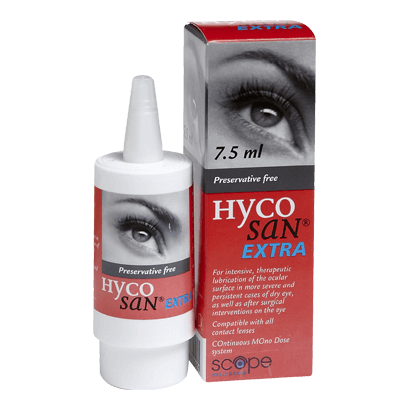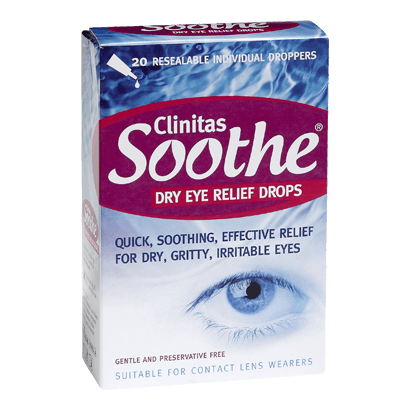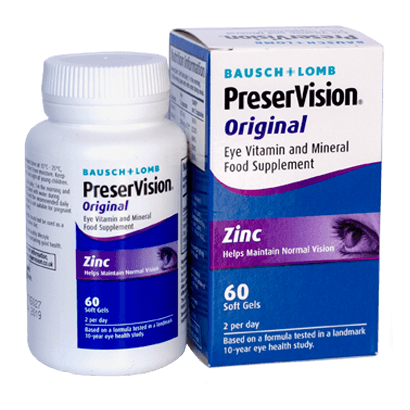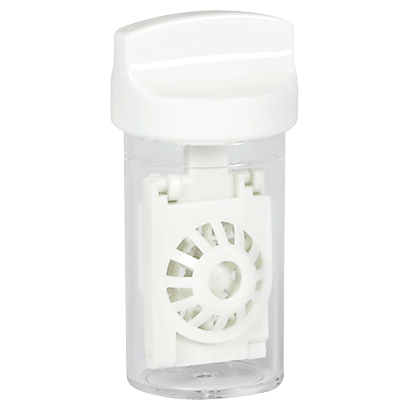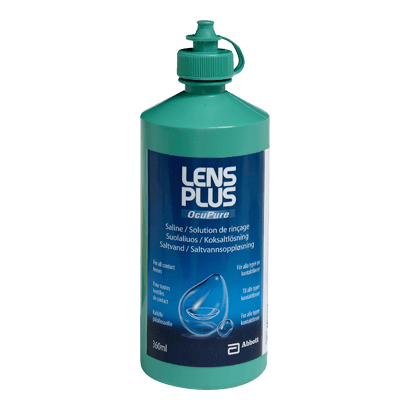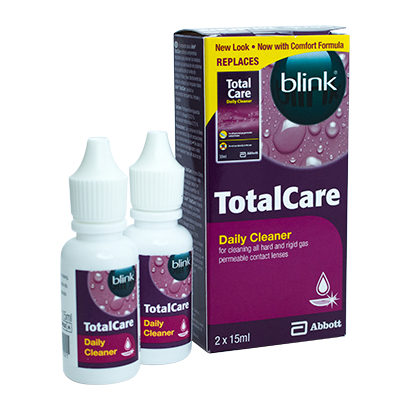
At Vision Direct, we want to encourage all drivers to book an eye test and do your bit to keep yourself and others safe on the road this Road Safety Week.
A large number of drivers do not take steps to correct poor eyesight
This week, the road safety charity Brake is increasing public awareness of a wide range of issues surrounding driving and using the road. One of their campaigns, #SharpenUp, focuses on the damage caused by driving with poor vision. They estimate that 2,900 casualties per year are caused by drivers with inadequate eyesight.
One of the key issues around driver’s eyesight is the lack of enforcement with regards to testing. Currently, the only sight test you are legally obligated to take is at the start of your driving test, which is simply a case of correctly reading the number plate of a parked car in the near distance. After completing this task you are never required to take another eye test. This means that it is possible to be driving from 17 years old into your 70’s or even 80’s without having your eyesight examined again.
At Vision Direct we encourage yearly eye testing, but we know that many people are not aware of how important this can be. Many common eye conditions take effect gradually, making it harder for someone to notice until their vision has deteriorated significantly. Fine margins count when driving, particularly at high speeds, so any problem with sight can be serious. Making sure that you are wearing suitable contact lenses or glasses when you suffer from these conditions is therefore vital, and so it is essential to have a regular examination.

2 examples of eye conditions that can affect driving over time:
- Astigmatism: Sufferers of astigmatism have elongated corneas, meaning that their eyes struggle to refract light correctly. This can result in blurred vision and difficulty when driving. Many people don’t realise that they have astigmatism until later in life as the eye continues to change shape. This means someone may have started driving before they experience any symptoms, but could later require correction. Having a regular eye test will ensure that you find out about any problem as soon as possible and take action to deal with it.
Many choose toric contact lenses to manage this condition, as typical spherical lenses often don’t fit the eye comfortably.
- Presbyopia: Many people experience difficulty with their near sight as they get older. As the eye requires muscular contractions in order to focus on close up objects, over time these muscles can become looser and less able to do so. Because this is a condition that typically doesn’t take effect until the age of 40, it's possible that someone will have been driving for years before realising that their vision is declining. Going for an eye test once a year is a great way to discover the onset of presbyopia and be able to take steps to limit its effects.
Multifocal lenses are used to treat this problem, allowing the wearer to have the suitable amount of correction in the parts of the eye that require it.
If you do have an eye condition, or a problem with sight, it doesn’t mean you can’t drive. It does mean, however, that you need to be wearing some kind of corrective eyewear in order to protect yourself and others when using the road. Making an appointment for an eye test is the best way to find out what you need.










































































